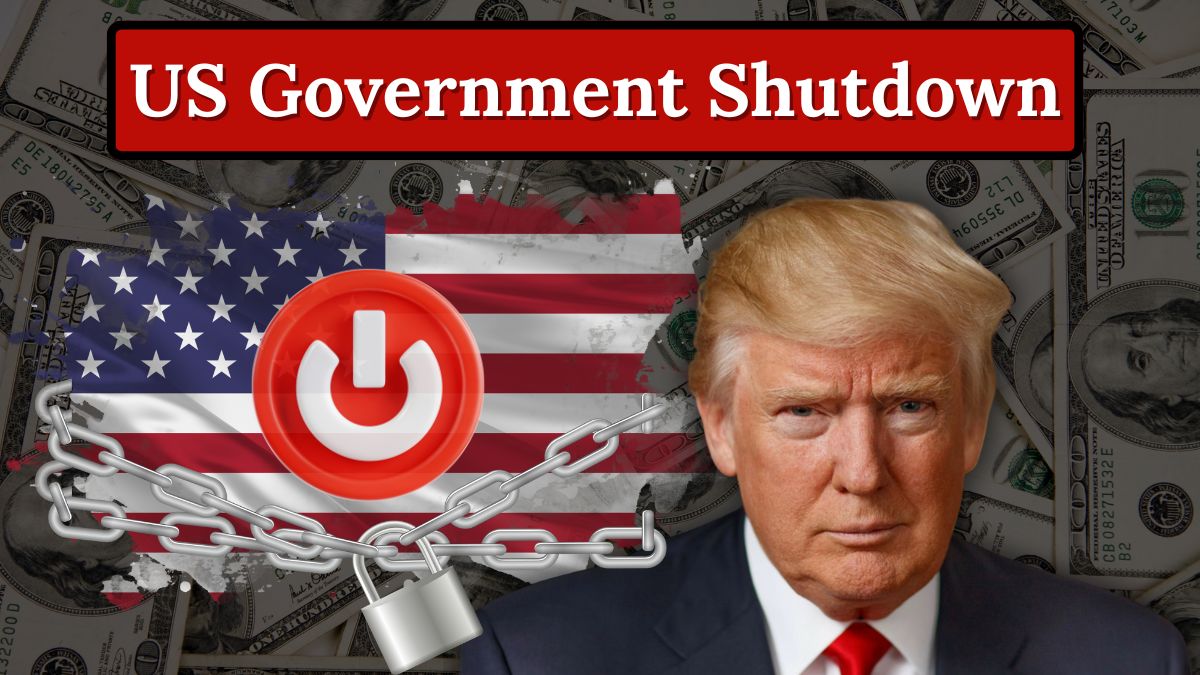Have you ever wondered what happens if the world’s biggest economy simply stops paying its own workers? That’s exactly what the United States is facing right now. After nearly seven years, America is once again staring at a government shutdown — a political standoff that could freeze federal offices, delay services, and put millions of families under stress.
Here’s the thing: this isn’t just about politicians arguing in Washington. A shutdown hits home — from students waiting for scholarships to families planning holidays in national parks. Let’s break down what’s happening, why it matters, and how it could affect everyday life in the U.S.
What is a Government Shutdown?
A government shutdown happens when Congress fails to pass a funding bill — basically, the money required to keep government offices running. Without that approval, federal agencies don’t have legal authority to spend money, so many offices shut their doors until lawmakers reach a deal.
This isn’t the first time. The U.S. has faced shutdowns before, and each time the impact rippled through citizens’ lives. From delayed salaries to suspended services, it feels like the system simply freezes.
Why is the U.S. Heading Toward Another Shutdown?
At the heart of this crisis is a political clash.
- Republican Party (led by Donald Trump’s camp): They argue the government should keep running without tying in conditions. They’re also pushing to exclude certain health plans from the funding bill.
- Democratic Party: They insist the bill must expand tax benefits under Obamacare (Affordable Care Act). Their concern is that without these protections, healthcare and medicines will become too costly for millions of families.
So, while one side is saying “let’s fund the government first,” the other is saying “let’s fix healthcare before moving forward.” Neither side is ready to back down, and the deadline is dangerously close.
What Both Parties Are Saying
- Chuck Schumer (Democrat): He says Republicans are being stubborn and trying to force their way without compromise.
- John Thune (Republican): He claims Democrats are pushing the country into a shutdown just to gain political mileage.
This blame game isn’t new in U.S. politics, but for ordinary citizens, it doesn’t change the reality: services will be disrupted if there’s no deal.
What Gets Affected in a Shutdown?
If the shutdown kicks in, here’s what Americans could face:
- Government Employees: Hundreds of thousands may be furloughed (temporarily suspended without pay). Salaries are usually reimbursed later, but the financial stress in the meantime can be crushing.
- Education Department: About 87% of staff may be suspended. That means delays in scholarships, grants, and student aid.
- Agriculture Department: Nearly half the staff could be furloughed, affecting farming support and rural programs.
- Courts: Only urgent cases will be heard; others will pile up.
- Passports and Visas: Expect longer waiting times.
- Tourism: National parks and monuments could close or operate with limited services, leading to sanitation and security problems (as seen in past shutdowns).
Which Services Will Keep Running?
Thankfully, not everything stops. Certain services are considered “essential” and will continue, including:
- NASA Missions: Space exploration will not be paused.
- Border Security & Immigration: Operations stay active for safety reasons.
- Food Safety Inspections: Meat, poultry, and food checks continue.
- Emergency Services: Firefighting, health emergencies, and disaster response remain unaffected.
So, while the basics are covered, the day-to-day administrative work that citizens rely on will be heavily slowed down.
How Does This Affect Ordinary People?
Think of it this way:
- A student waiting for federal financial aid may have to put their dreams on hold.
- A family planning an overseas trip could be stuck waiting for a new passport.
- A small business owner counting on a federal loan may see funds delayed.
- Even simple joys, like a family trip to Yellowstone or the Grand Canyon, may be canceled due to closed parks.
For government workers, the fear is even bigger — being asked to work without pay until the shutdown ends.
What Happens Next?
That’s the million-dollar question. Unless Republicans and Democrats find common ground, the U.S. government could partially shut down after midnight. Each party is holding its position tightly, and as history shows, shutdowns can last days, weeks, or even over a month.
The uncertainty is nerve-wracking for employees, students, travelers, and ordinary families across America. For now, all eyes are on Washington.
Frequently Asked Questions
1. How long can a U.S. government shutdown last?
It depends on how quickly lawmakers reach a deal. Past shutdowns have lasted from a few days to more than a month. The longer it goes, the harder the impact on families, businesses, and government employees.
2. Will essential services like police and healthcare stop?
No. Essential services — such as border security, emergency healthcare, and firefighting — will continue. However, administrative tasks like issuing passports, processing student aid, or handling routine court cases will slow down.
3. Do federal employees get paid during a shutdown?
Most are furloughed or work without pay during the shutdown. Once it ends, Congress usually approves back pay, but employees may struggle financially in the meantime.
